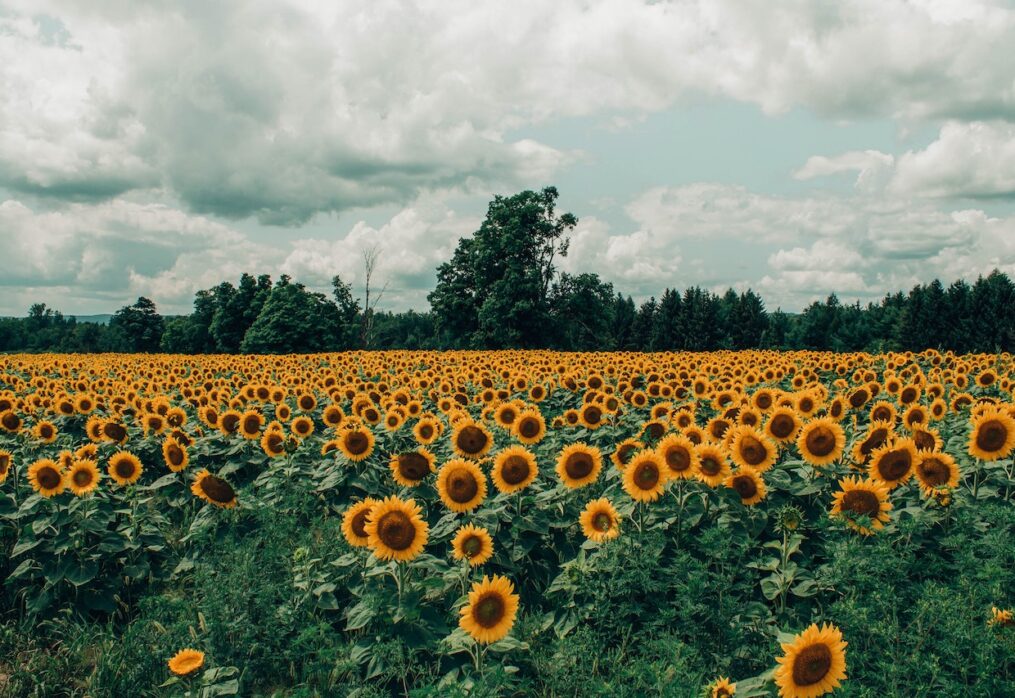Sunflower cultivation is the most profitable in Kazakhstan
Cultivation of sunflower and leguminous crops: an overview of the profitability
Agriculture in Kazakhstan is going through difficult times. Geopolitical conflicts, rising fuel and fertilizer prices, and unpredictable weather are making it difficult for local farmers to operate. Producers have had to adapt to the current situation. And not all have been able to withstand the ordeal. Some farmers were able to make high profits, mainly due to cost optimization. If we analyze crops in terms of profitability, the most profitable in 2022 was the cultivation of sunflowers.
The profitability of oilseeds amounted to 96.4%, and in the region of East Kazakhstan, it reached almost 120%. The second place is occupied by potato production, where the profitability is about 67%. However, the value depends primarily on the area of cultivation. For example, in the Zhambyl region this crop is unprofitable. Here the profitability was minus 12%. Good performance in the northern part of the country — about 109%.
Another profitable production is the cultivation of grains and legumes. Enterprises specializing in wheat, beans, and rice, note profitability in the range of 49%. The indicator of almost 79% was recorded by producers from the Karaganda region.
Factors affecting successful farming
As for livestock breeding, the most profitable is dairy cattle breeding. The average profitability of these farms is about 32%. In addition, it is possible to increase income by using cluster ecosystems with processing facilities. The profitability rate in the pig industry is 30.5%. The lowest profitability is shown by the cattle sector. It is mainly specialized in raising animals for meat. Here the profitability index is at the level of 16%.
Successful farming depends on some factors that are often difficult to predict. For example, a drought can destroy crops. Sudden loss of livestock or disease can cause severe losses. In addition, market price fluctuations and higher fuel and fertilizer costs, such as in 2022, must also be taken into account. As a result of it, the period was extremely difficult for the industry in Kazakhstan.
The greatest impact of the price increase was felt by representatives of small businesses. Only in the first 6 months of 2022 there was observed a decrease of IE in livestock, hunting, and crop production sectors by 20.6% in annual equivalent. As a result, in July in Kazakhstan, the number of entrepreneurs in the agricultural sector amounted to 23 thousand people. It is the lowest indicator for the last years. At the same time for 2022, the number of enterprises in this sector increased by 6.7%. And the number of farms — by 1%. These statistics indicate that medium and large enterprises have enough resources to more easily cope with difficulties — both domestic and global.
